Taiwan-based Building Material Suppliers Go Green for Ecology Sake
2008/03/04 | By Ken LiuThe rising ecological awareness globally and across all industrial sectors is impacting the building material sector in Taiwan, with increasingly more Taiwan-based building-materials manufacturers joining the eco-friendly establishment to integrate into production materials that are toxic-free, help reduce power consumption, and recyclable.

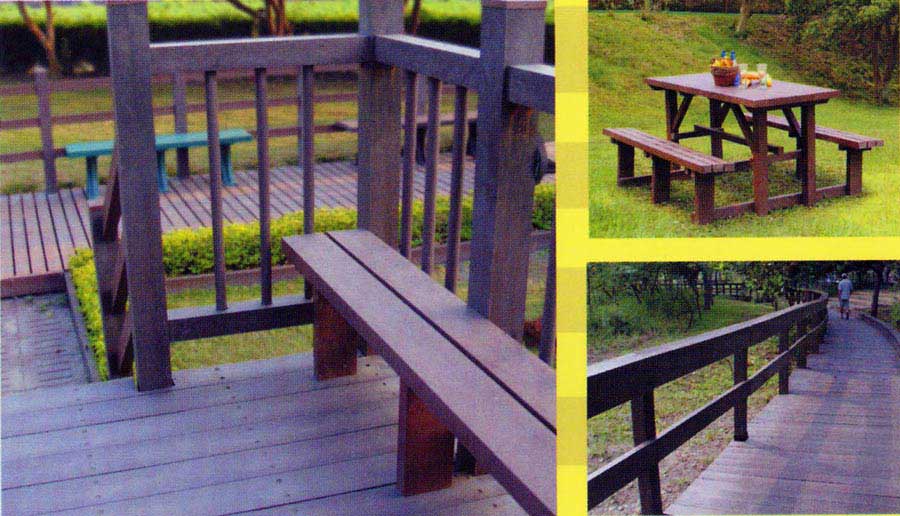
To overcome the weakness of voluntary action and increase domestic consumption of such expensive materials, the Taiwan government revised a statute to stipulate that green building materials must form at least 5% of that used in the total area of a building interior. With the new regulation having already come into effect on July 1, 2006, any homebuilder found in violation would be punished by being denied a move-in permit.
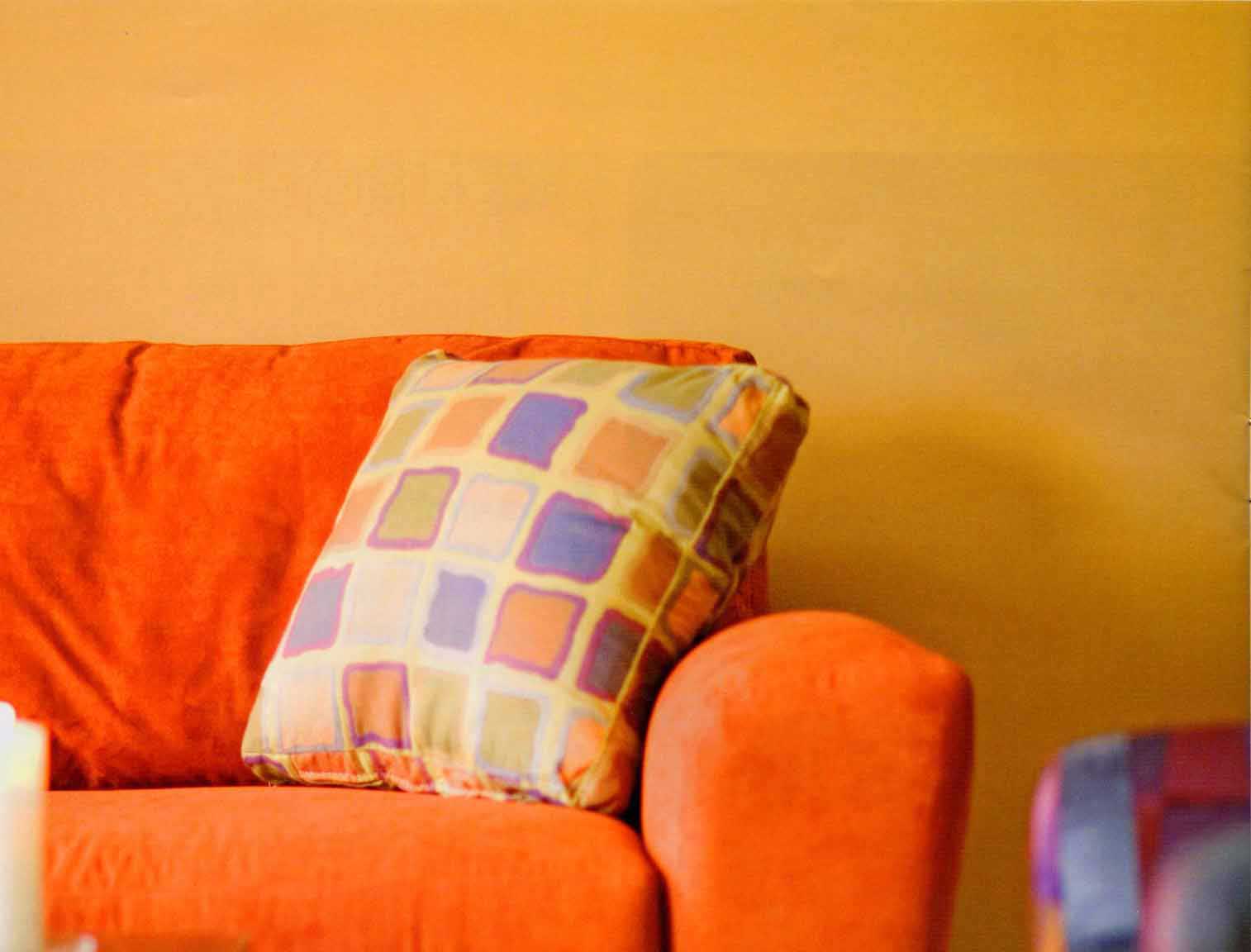
Green Materials Cut 80% in CO2
"Such a high energy consumption in Taiwan can hardly see the nation comply with the Kyoto Protocol in greenhouse-gas reductions," Chen notes. Citing a study, he notes that green materials made of recycled materials can cut carbon dioxide emissions by at least 80% as compared with virgin materials.
A study recently released by Architecture and Building Research Institute of the Ministry of the Interior show that Taiwan is currently the world's second-largest consumer of cement per-capita. The study notes that a building usually consumes a huge amount of energy and resources under construction, during occupation, and later creates pollution when wrecked.
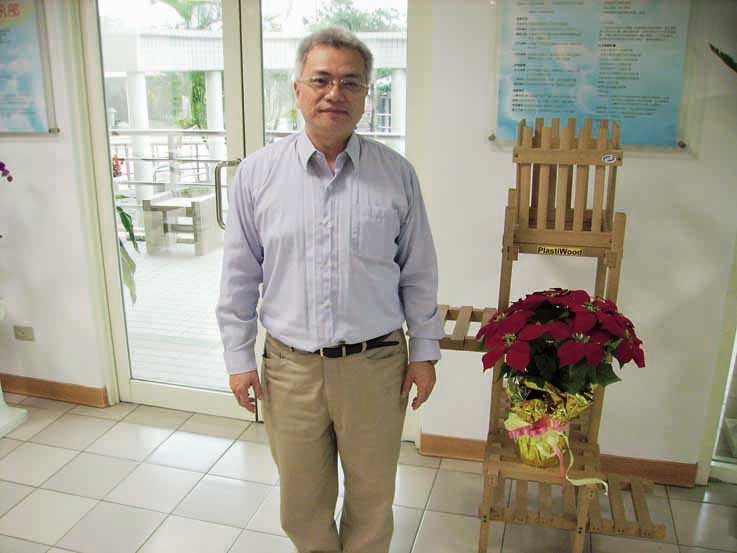
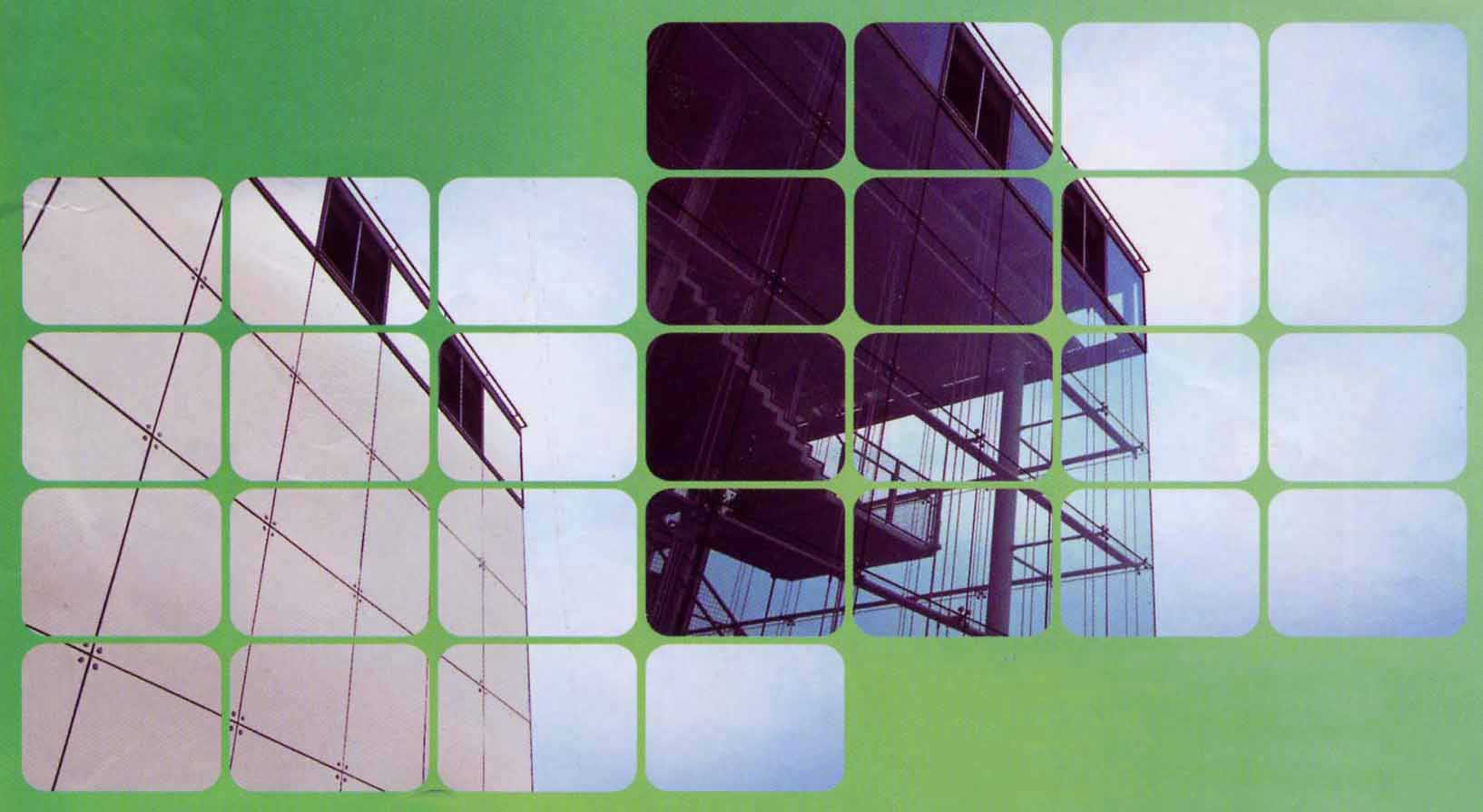
Plastic Wood Specialist
The potentially lucrative market has inspired many local building material suppliers to compete for a slice of the action. One such foresighted supplier is Woodeasy International Co., Ltd., who specializes in plastic wood for outdoor and indoor applications.
Kevin Yang, Woodeasy's sales manager, stresses the wood is totally eco-friendly. He says: "The wood is made of recyclable materials, durable, and free from toxic formaldehyde."
Yang boasts that his company's plastic wood, a mixture of 30% PVC from Formosa Plastics Corp. and 70% wood powder ground from wood wastes, has a working life of about 30 years and may be recycled around 16 times. "This material resists chemical corrosion, does not deform, resists color fade, is flame-retardant, and virtually moisture-impenetrable at 1%," he claims.
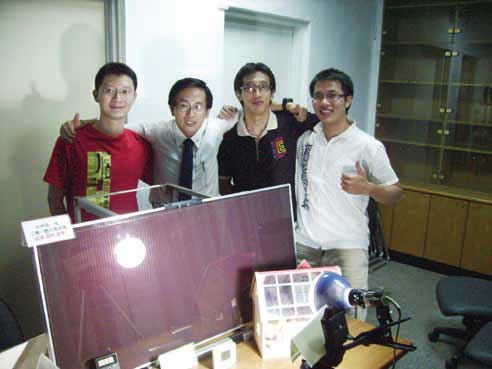
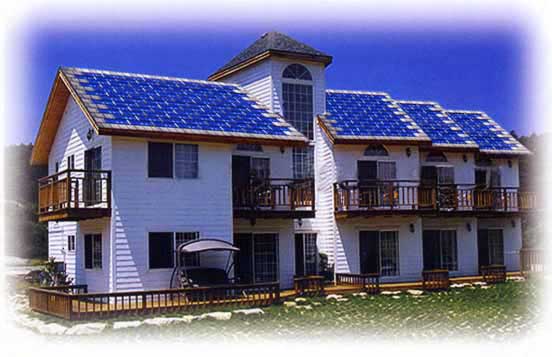
Woodeasy began by producing equipment for making eco-friendly materials. It recently branched out into production of such materials and moved its R&D headquarters to Singapore. Yang reports that his company is no newcomer as they began producing such material seven years ago after years of R&D.
Japanese Technology
Danny Plastics Co., Ltd. is another ambitious supplier of plastic wood with a difference: The company adopts Japanese technology. "We apply Japanese-developed die-casting and pouring methodologies," stresses Victor Kuo, a sales specialist. The company produces such material by combining recycled PP with recycled PE in molds without adding wood powder. "As a result, our products have a concrete core that is truly waterproof-allowing in only 0.062% in moisture," Kuo boasts.
This material also resists corrosion, does not deform easily and cleans readily, making it an ideal building material, especially for outdoor applications. "Our products last at least 10 years and may be recycled," Kuo says. SGS Taiwan Ltd. has proved that the company's products comply with RoHS standards.
Kuo points out that the most difficult part in the manufacturing process is mold building because the intricate wood grains, which sets natural wood apart from cheaper-looking plastics, has to be carved in this phase.
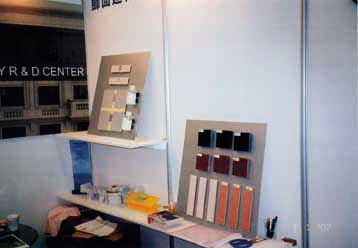
Private Sector Sets Example
Bullish markets have also motivated the government-backed Plastics Industry Development Center to take after the private sector: producing plastic wood identical to that offered by Woodeasy. The PIDC uses reclaimed wood and plastic composites to make such products. "The board is eco-friendly since it does not use virgin material, is durable and water-resistant," Dr. Paul Chen says, who heads the PIDC's R&D Department's Advanced Materials Research Group.
Dr. Chen is an engineer behind the island's "Green Building Material Alliance," which aims to promote eco-friendly materials. The alliance calls upon Chen to mainly develop material technologies, set up databases, and help the government-backed Chinese Architecture and Building Center (CABC) authenticate products claiming ecological friendliness.
Toxic-free Lacquer
G3 International Co., Ltd. has recently introduced toxic-free lacquers, which the company says contain no formaldehyde, asbestos, hexavalent chromium, mercury, cadmium and cadmium compounds, argentums, and methylbenzene. "Accordingly, our lacquers are odor-free," stresses Gordon Chih, a sales specialist at the company.
The company's catalog is explicitly to-the-point and informative: showing its unique, eco-friendly formula that allows the lacquer to withstand at least 30,000 cleanings, chemical corrosion, and two consecutive hours of 800-Celsius heating. And especially noteworthy for applications in humid situations is that the unique formula is bacteria-resistant: preventing staphylococcus aureus, escherichia coli, and klebsiella phumoniae as well as various moulds from growing on the surfaces painted with the lacquers.
Without neglecting the aesthetic-appeal as a key factor in marketability, Chih points out that his company offers such eco-friendly lacquers in nine different colors. "They are all mixed with the water-based medium from DuPont," he notes. Despite the eco-friendly lacquers being more costly than conventional finishes, "to convince consumers the worthiness of our products, we tell them that ours help to build a healthier environment by minimizing the toxic substances released," Chih stresses. These lacquers are labeled with the CABC's "Healthy Green Building Materials" mark that attests to the toxic-free merit of such products.
Optoelectronics Aid Greening
Chiefway Optronics Co., Ltd. applies optoelectronics technology to fabricating green building materials. The company's PLCD (passive liquid crystal display) film has solar insulation properties that can help to reduce both sensible heat and the oxidation damages from UV radiation. One popular, similar application of such technology is the use of window tint film on cars in Taiwan, which both minimizes interior heating and solar damage to upholstery. This film is stuck on glazing in buildings and "as a result, air conditioners can be set at higher temperatures, hence consuming less electrical energy," says Albert Pi, the company's vice president.
Auto-Dimming
The technology built-in enables the film to turn opaque, hence effectively blocking isolation and acting like a curtain, when the power is switched off; and vice versa when the power is on-literally lifting the curtain to turn the film 70% transparent. The ingenuity does not end with its curtain effect, with the PLCD doubling as a screen when video images are projected onto the versatile surface.
Pi boasts that his company's film can stop 99% of ultraviolet and around half of infrared electromagnetic radiation from entering interior spaces. Power-efficiency is another desirable property: Each square meter of the film, Pi says, consumes only two to three watts of electricity when the power is on.
Versatile Solar Curtain
A versatile sun curtain has been recently introduced by a research team led by Associate Professor Chin-huai Young of the National Taiwan University of Science and Technology's Department of Construction Engineering.
The associate professor says his team has developed a unique kind of window glass that cleans itself, generates electricity, and blocks insolation.
The glass, which is patent-pending in the United States, Japan, mainland China, and Taiwan, works on a multi-layer technology that sandwiches a nano-coat of photocatalytic interface as solar cell between titanium-dioxide coating and a silicon insulating film.
The titanium-dioxide coating gives off oxygen and OH particles when struck by ultraviolet rays, with such elements breaking down organic substances that may fall on the coating; while one of the most ingenious features uses naturally-occurring events as an integrated feature: where rain will wash away such organic substances.
Power Generator
A one-meter-square solar-cell layer can generate up to 90 watts of electricity at noon on a clear day, and an average of 35 watts throughout the day, according to Young. On cloudy days, the figures are 30 watts maximum and 25 watts average. At that rate, Young says, "The system can generate 6.8 kilowatts of power an hour for only NT$10 monthly."
Exposed to simulated sunlight consisting of ultraviolet and infrared rays from a 1,250-watt lamp, the insulating layer blocks 90% of the heat and all of the rays. A test model house equipped with this glass stayed a cool 25 Celsius inside, despite being bombarded with the 34C heat from the simulated solar radiation. Young claims that what little heat that is transmitted through the film can be easily offset by a cooling system powered by the same integrated solar cell.
Solar Roof Tile
Solar roof tile is Hsin I Cheng Ceramic Ltd's latest product addressing the eco-friendliness issue. The company's sales manager, W.J. Lin, points out that market saturation forces entrepreneurs to be creative, that the crowded competition in the market of conventional tiles has motivated his company to explore the new market segment. "We simply put solar panels on traditional roof tiles to turn them into solar tiles," Lin says, explaining how, perhaps over simplified, his company makes the new tiles.
The tiles, he notes, is especially useful for existing homes with such roof tiles, whereby building the solar panels on the roof tiles would help to tap the free solar energy-hence ease the home's power dependence on the supply from the grid network.
Exclusivity is a Downside
Lin concedes that affordability is a drawback: the relatively expensive tiles mean that the items would likely suit luxury homes. "The demand for such tiles in Taiwan are not yet considerable, and unsurprisingly, mainly from consumers on the top-end of the socio-economic scale of the so-called "M" society," he notes. But he is confident that the market would take off soon...when the energy issue eventually becomes sufficiently urgent that demands immediate remedial action.
The government-backed Stone & Resource Industry R&D Center has introduced an antiseptic tile especially suitable for humid climates where moulds and even air-borne bacteria tend to breed. The technology, although not exactly brand-new, is based on an application of titanium dioxide coating that apparently stops bacteria from breeding on surfaces.
Dr. Kuo Jue-cheng, Assistant Director of Technical Service Department of the center, is the chief engineer behind the TiO2 coating program.
"Our coating technology is noteworthy for its durability, effectively keeping the TiO2 firmly fixed to surfaces even after being exposed to the elements, such as insolation, precipitation, and wind. Practicality is the most desirable feature of this technology as it may be factory-produced as well as DIY feasible," says Kuo.
Kuo notes that the coating technology was originally developed to stop surface contamination by microorganisms. "We decided to focus on developing such technology in the building material sector due to its obvious massive market potential," he says.
Kuo admits that green building materials are usually priced about 30% higher than conventional counterparts. "But once consumers become more eco-conscious regarding using non-toxic materials, green building materials would become widely popular as they have become in Germany," he stresses. He notes that the German government began promoting ecological building materials in the 1970s.
Electronic Crosslink Tech
Liang Haw Technology Co., Ltd. is promoting PE foam sheets built with electronics crosslink technology. According to Johnny Chang, a sales representative, the technology is non-toxic and uses foam PE materials. He notes that Taiwan has long depended on Japan for the foam products because of a shortage of homegrown technology. "In the past, domestic manufacturers of the foam sheets used crosslink liquid, which is poisonous. Electronics crosslink light does not produce toxic substance when shone on semi-finished PE material.
Chang reports that his company has outdone South Korean manufacturers and is equally superior to Japanese technology. He says that his company is operating 10 production lines and three electronics beaming systems.
Although the non-toxic foam sheets, which are suitable for making floor and wall partitions, are costlier at retail than traditional types, Chang notes that he has been receiving increasingly more inquires.




